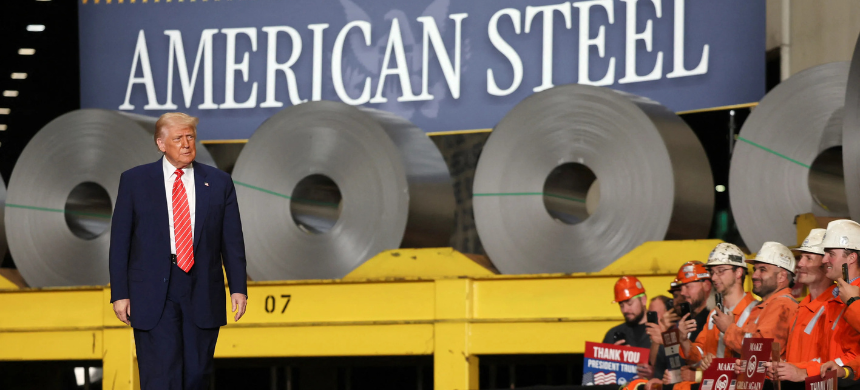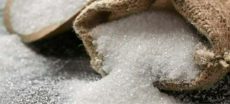US President Donald Trump announced a sharp escalation in his administration’s trade policy by declaring that tariffs on imported steel and aluminum would be increased from 25% to 50%, a move that has drawn strong criticism from key allies and business groups.
Speaking at a rally near Pittsburgh, Pennsylvania—a city historically known for its steel industry—Trump said the hike aims to protect American steelworkers and revive domestic manufacturing. “We are going to be imposing a 25 percent increase. We’re going to bring it from 25 percent to 50 percent — the tariffs on steel into the United States of America, which will even further secure the steel industry in the United States,” he said.
The announcement coincided with Trump highlighting a $14.9 billion deal between Japan’s Nippon Steel and US Steel, claiming that the combination of new tariffs and the acquisition would preserve American jobs and strengthen the nation’s industrial base.
Later, Trump confirmed via social media that the tariff increase would also apply to aluminum products, with the new measures set to take effect on Wednesday.
The decision caused steel-related stocks to surge, with shares of Cleveland-Cliffs Inc., a major US steel producer, jumping 26% in after-hours trading. Investors were optimistic that the higher duties would reduce foreign competition and boost profit margins for domestic manufacturers.
However, the move quickly sparked tensions with several US trading partners. Canada’s Chamber of Commerce criticized the tariff hike as “antithetical to North American economic security,” warning that disrupting integrated supply chains between the two countries would lead to higher costs for both industries and consumers.
“Unwinding the efficient, competitive and reliable cross-border supply chains like we have in steel and aluminum comes at a great cost to both countries,” said Candace Laing, president of the Canadian Chamber.
Australia also voiced strong opposition. Trade Minister Don Farrell called the decision “unjustified and not the act of a friend,” describing it as economic self-harm that would ultimately burden businesses and consumers dependent on open trade.
Read More: https://theneutral.pk/trump-confirms-pakistan-officials-to-visit-us-for-crucial-trade-discussions/
“Australia will continue to engage and advocate strongly for the removal of the tariffs,” Farrell stated.
The announcement marks a significant development in what experts describe as a renewed trade war. It came shortly after Trump accused China of backtracking on an agreement to ease tariffs and trade barriers on critical minerals.
According to the US Department of Commerce, excluding the European Union, the United States is the world’s largest steel importer, bringing in 26.2 million tonnes in 2024 alone. Industry experts expect the new tariffs to push prices higher across multiple sectors, from construction to consumer goods.
Implemented under Section 232 of the Trade Expansion Act on national security grounds, the tariffs cover a wide range of products including raw metals and downstream items such as stainless steel sinks, horseshoes, air conditioner coils, and aluminum cookware.
Data from the US Census Bureau and International Trade Commission shows that the 289 product categories subject to duties represented $147.3 billion in imports in 2024, with nearly two-thirds being aluminum products and the rest steel.
Trump’s move to double tariffs on metals significantly surpasses his earlier trade policies during his first term, when tariffs on Chinese industrial goods totaled $50 billion annually.
Analysts note the timing of the announcement—in a battleground state with a strong blue-collar presence—highlights its political intent, as Trump seeks to galvanize support among industrial workers ahead of the presidential election.
The rally took place at the Mon Valley Works facility, a long-standing symbol of both America’s industrial rise and decline, particularly in the Rust Belt region, which has suffered greatly from global competition and industrial outsourcing.











